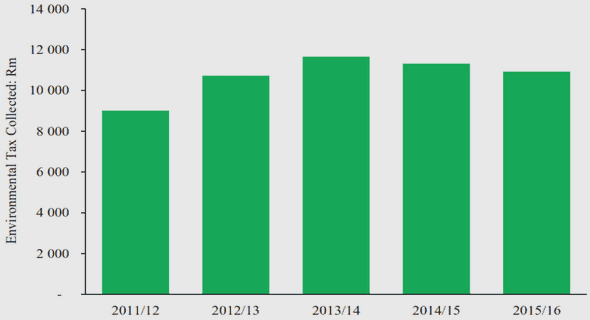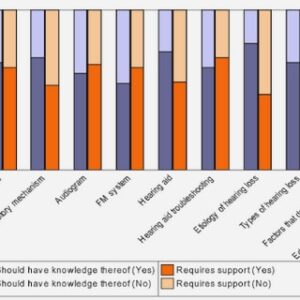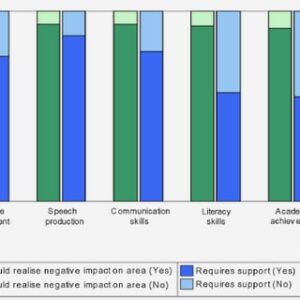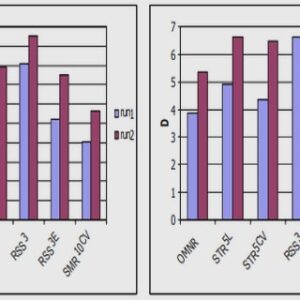(Downloads - 0)
For more info about our services contact : help@bestpfe.com
Table of contents
1. Generalities
2. Plant-parasitic nematode
2.1 Ectoparasitic nematodes
2.2 Endoparasitic nematodes
2.3 Heteroderidae family
2.3.1 Cyst nematodes
2.3.2 Root-knot nematodes
2.3.2.1 M. incognita life cycle
2.3.2.2 RKN control strategies
3. Molecular mechanisms of plant-RKN susceptible interaction
3.1 RKN effectors
3.1.1 Effectors involved in the migration and cell wall degradation
3.1.2 Effectors involved in the suppression of defense reactions
3.1.3 Effectors involved in the formation of giant cells
3.2 RKN- induced feeding site
3.2.1 Morphology and ontogenesis of RKN-induced feeding site
3.2.2 Neighboring cells vs Giant cells
3.2.3 Analysis of gene expression in galls and giant cells
3.2.4 Key processes involved in formation of giant cells
3.2.4.1 Metabolism
3.2.4.2 Cell wall modification
3.2.4.3 Cell cycle regulation
3.2.4.4 Cytoskeleton reorganization
3.2.4.5 Defense response
3.2.4.6 Modulation of auxin and cytokinin phytohormones
4. MicroRNAs
4.1 Generalities
4.2 microRNAs and PTGS
4.2.1 Biogenesis and maturation of microRNAs
4.2.2 Mode of action of microRNAs
4.3 Role of microRNAs
4.3.1 MicroRNAs in plant development
4.3.2 MicroRNAs in plant response to abiotic stress
4.3.3 MicroRNAs in plant-microorganism interactions




